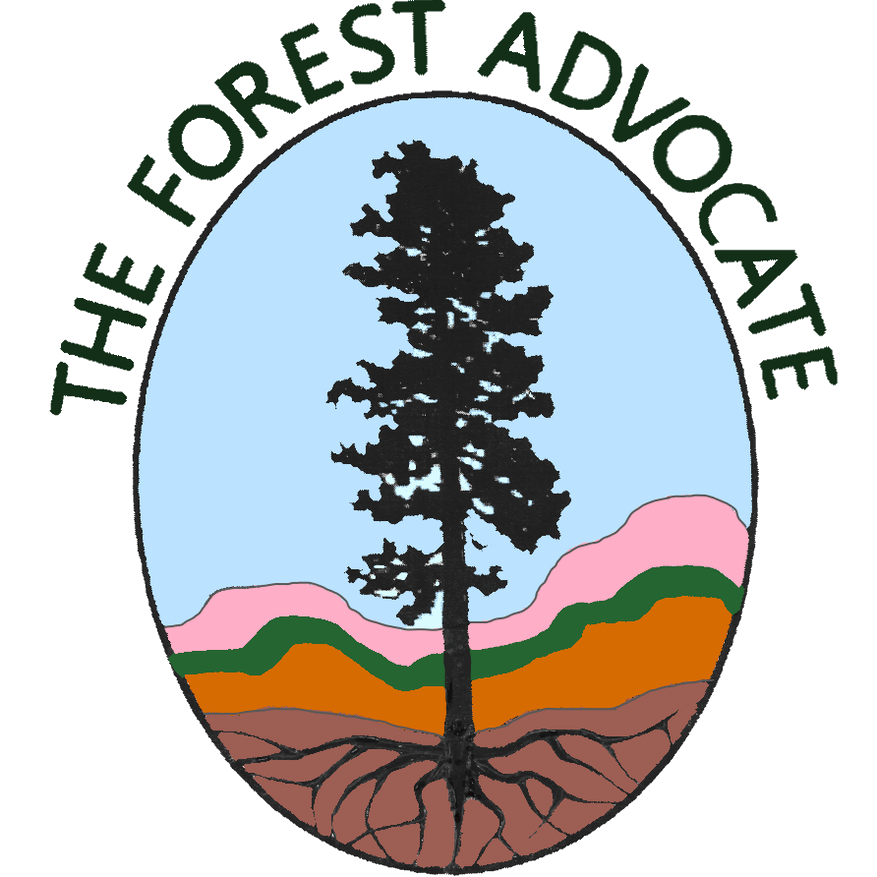|

|
|
|
Another Massive Forest Cutting
and Prescribed Burn Project
|
|

|
Encino Vista – Photo: US Forest Service
|
|
This is the largest cutting and burning project ever proposed for the Santa Fe National Forest, and yet many have never heard of it. The Encino Vista Project has been little publicized, and inadequate notice has been given by the agency.
|
This project exemplifies the newest wave of forest cutting and burning projects that over-cut and over-burn forests. Even if you do not live near the project area, please consider commenting on the project to help transform the paradigm of overly-aggressive and ecologically damaging forest “restoration” projects into one of genuine forest restoration – the kind of restoration that increases forest health and reduces wildfire risk by retaining moisture in the forest ecosystem and minimizing ecosystem impacts. Here is a quick guide to commenting on the project and a summary of the Encino Vista Project Proposed Action. Comments are due by April 15.
|
The Encino Vista Project is located about 15 miles northwest of Los Alamos. The project area is 130,105 acres, or over 203 square miles, which is about 2½ times the size of the Santa Fe Mountains Project area.
|
The proposal is to commercially log large trees on up to 7,202 acres and to hand cut and masticate up to 26,700 acres – a total of almost 34,000 acres. The Forest Service states that the main focus of the non-commercial cutting part of the project is on smaller trees, but we have no way of knowing how many larger trees would also be cut. Trees may be cut up to 24” in diameter at breast height, which are very large trees and well over a century old. The agency plans to implement prescribed burns on up to 74,690 acres, at the rate of about 8,000 acres per year. The ignitions will be either by hand or from helicopters and drones.
|
This is in addition to the thousands of acres per year that are planned to be burned during the Santa Fe Mountains Project. The Forest Service claims all this smoke will not significantly harm public health, but local residents have been protesting the serious health effects of so much smoke in our air for years, and now we can expect much more.
|
The Forest Service’s purpose for proposing this large-scale forest intervention is to lower uncharacteristic high severity fire risk, restore overall forest health, improve watershed health, and protect wildlife habitat. It is highly questionable that any of these purposes will be well enough addressed by this project to justify the severe adverse impacts and risks.
|
Previously treated areas appear very unhealthy and unnatural, often with little to no natural understory, as if the understory was clearcut. In many areas, grazing cows have prevented the understory from returning. Most of the forest canopy has already been opened up from prior cutting and burning, drying out the soils and the little remaining vegetation. It’s unknown what will be the long-term effects of such major alterations of forest ecosystems in a warming climate.
|
The environmental assessment does not contain any mention of the potential for escaped prescribed burns and provides no analysis or mitigations of the risks, despite the three recent major wildfires ignited by Forest Service escaped prescribed burns which burned a total of over 387,000 acres of local forest and several hundred homes. The agency is depending on revised national prescribed burn implementation procedures to improve burn safety, but these neither focus on our particular dry landscapes and climate nor are proven to work well enough to sufficiently ensure that prescribed burns will not escape.
|
In the Santa Fe National Forest during the past decade, just over 27,000 acres burned from wildfires from all causes other than escaped burns. Compare that to the 14 times more acres burned by wildfire precipitated by Forest Service prescribed burn escapes. A risk/benefit analysis might suggest that the agency’s prescribed burn program is not serving the purpose of lowering uncharacteristic high severity fire, and in fact could be increasing high severity fire risk and endangering communities. It appears highly unlikely that the Forest Service can reduce the risk of prescribed burns while burning even more, especially since less risky burn windows are decreasing due to the drying climate.
|
According to their published schedule, the agency intends to release a draft project decision around May 1 – only two weeks after the Preliminary Environmental Assessment comment period has closed! This is the best time to remind the Forest Service that they must prepare an environmental impact statement in order to comprehensively analyze this highly impactful project, and they must consider a full range of the best available science.
|
Finally, I have enjoyed taking a bit of time to appreciate our forests, and have found the forest appreciation writing and photos that have been sent to be inspiring and uplifting. Please continue to send them to The Forest Advocate. Right now, however, due to the release of the Encino Vista Project Preliminary Environmental Assessment, it is necessary to return to The Forest Advocate’s usual focus on forest ecology and forest management. The forest appreciation submissions will be posted on The Forest Advocate fairly soon, and some shared in a forest update.
For the forest,
|
|
|

|
Treated area in Encino Vista Project area, to be burned again – Photo: Jonathon Glass
|
|
|
|
|